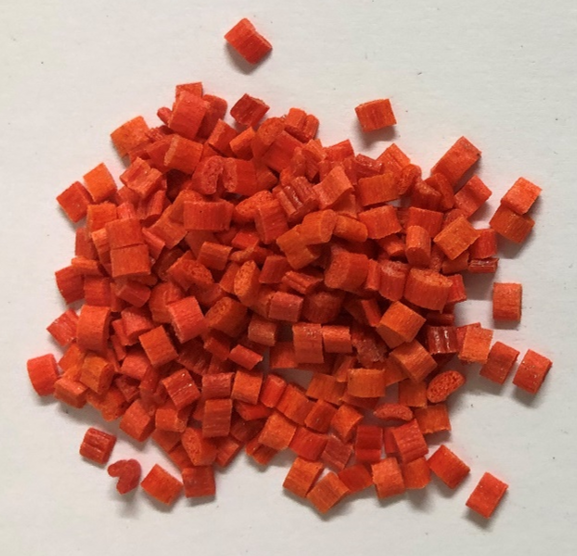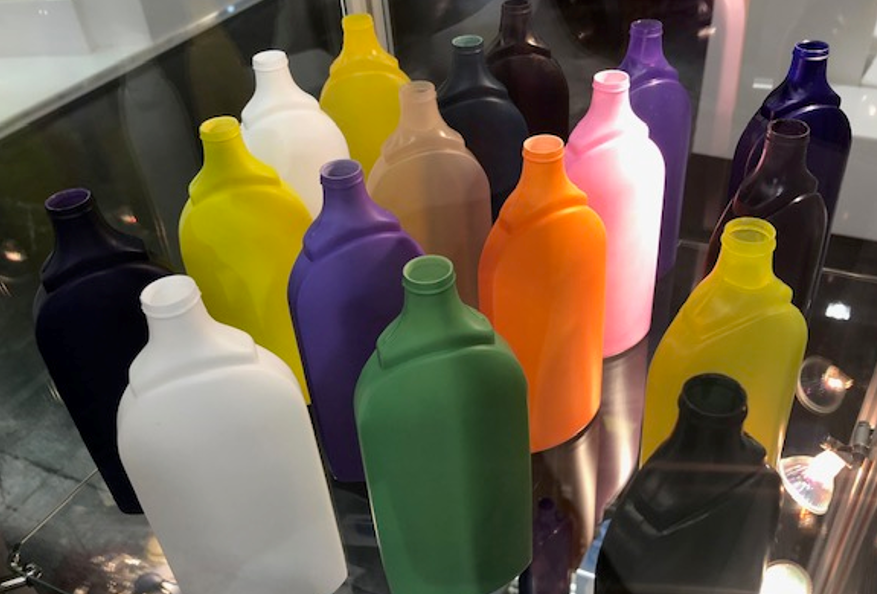
Dr. Bernd Robertz
Managing Director
+49 174 279 64 65
bernd.robertz_at_smart-coloring.de
Coloring-by-Masterbatch
The most important thing first. The masterbatches can be processed perfectly on conventional plastic processing equipment without any additional effort.
Dye or pigments can be processed as colorants in the masterbatches. Dyes are present in plastics "molecularly dissolved", pigments are present as finely distributed, very small particles.
Dyes offer the advantage of easier extractability in high-quality recycling, but may require a suitable product design to avoid unintentional migration in the application.
Pigments show no tendency to migrate even in polyolefins, so product designs can remain unchanged. For decolorisation, further additives are added to the masterbatch, which make decolorisation possible.
The range of dyes that can be extracted by modified mechanical recycling is very diverse. There are restrictions with regard to the pigments that can be used.
Both, for the dyes and for the pigments, (at least) a trichromatic system can be built up, so that a large color space is available. We are constantly expanding the list of positively tested colorants
Insights into Smart Coloring´s
Coloring-by-Masterbatches

The carrier materials are adapted to the application and the type of plastic.
There is really not much more to say about masterbatches.



